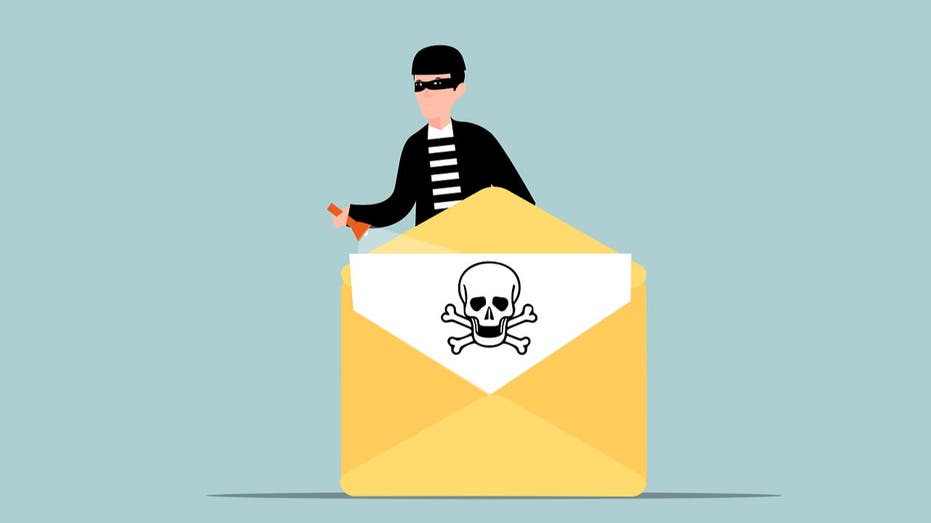Spring Clean Your Digital Life: Essential Tips to Protect Your Files

Sarah Johnson
March 22, 2025
Brief
Protect your important files from data disasters with personal drive backups. Learn essential backup strategies, security tips, and how to keep your digital life safe and organized.
Data disasters can strike when you least expect it—think hardware failures, viruses, cyberattacks, accidental deletions, or just plain human error. Our personal data is more vulnerable than ever, and spring cleaning isn’t just for your closets anymore; it’s time to tidy up your digital life, too.
One of the simplest and most effective ways to safeguard your important files and cherished memories is by using a personal drive for backups. This physical backup solution ensures you stay in control, whether you’re on a Mac, PC, or Chromebook. The peace of mind that comes from knowing your data is secure is priceless.
For this task, the WD portable drive is a fan favorite, boasting 2 terabytes of storage and SuperSpeed USB 3.0 connectivity for quick data transfers. It’s compatible with multiple devices and can be tucked away safely once your backup is done. Having a physical backup, disconnected from the internet, is one of the smartest moves you can make to dodge cyber threats.
Here’s a checklist of what to prioritize when backing up your data:
- Personal documents: Birth certificates, passports, legal papers—basically, anything that’s a pain to replace.
- Financial records: Tax returns, bank statements, investment data.
- Photos and videos: Irreplaceable family memories and special events.
- Work and educational documents: Projects, research, and presentations.
- Emails: Important agreements or attachments you might need to revisit.
- Contacts: Digital address books save a world of trouble.
- Creative works: Think writings, artwork, or coding projects.
- Game saves: Gamers, don’t let your progress vanish!
Adopting the 3-2-1 backup strategy is a game-changer: keep three copies of your data—one original, one on a different device, and one offsite or in the cloud. This layered approach minimizes the risk of losing your data entirely.
Don’t stop at backups, though. Enable two-factor authentication (2FA) for added account security, regularly update your systems and software to patch vulnerabilities, and install strong antivirus software to fend off ransomware and other nasties.
Finally, make updating your passwords a regular habit. Sticking to old, weak passwords is like leaving your front door wide open for cybercriminals. Consider using a trusted password manager to make the job easier.
Remember, taking a few moments to secure your data today can save you hours of frustration and heartache tomorrow. So, unplug that drive after backing up and store it somewhere safe—it’s a small step that makes a big difference.
Have a personal data disaster story? Share your lessons learned and tips with the community. Let’s turn those horror stories into teachable moments.
Topics
Editor's Comments
It’s almost poetic how spring cleaning extends to your digital life, isn’t it? But let’s be honest, some people will still procrastinate until their laptop starts smoking. The 3-2-1 strategy is genius, though—like a security blanket for your data, just without the childhood nostalgia.
Like this article? Share it with your friends!
If you find this article interesting, feel free to share it with your friends!
Thank you for your support! Sharing is the greatest encouragement for us.



